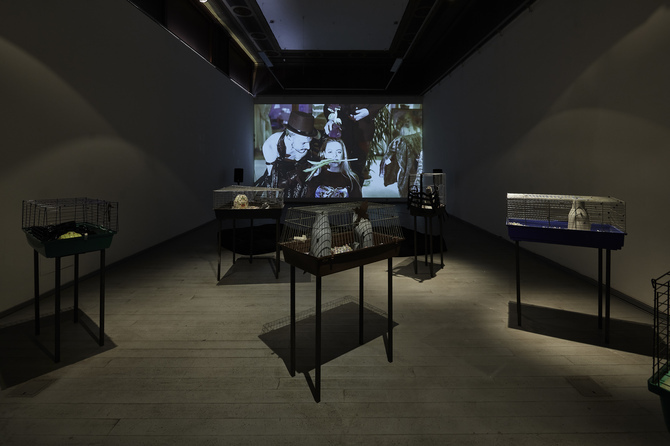I’d like to ask you about your surname. Krykun means «screamer» in Ukrainian. It’s extraordinary, really «screaming». How that was compatible with your temper?
You know, I was laughed in high school. The kids were making fun of my surname; I even wanted to exchange it for my mother’s. I was a hyperactive and loud child. I couldn’t speak in a quiet voice. Therefore my school diary was written with teacher’s remarks. My parents constantly repeated: «Why don’t you adjust your behavior?». As an adult, I had become very quiet. Now my loudness is living in my artworks.
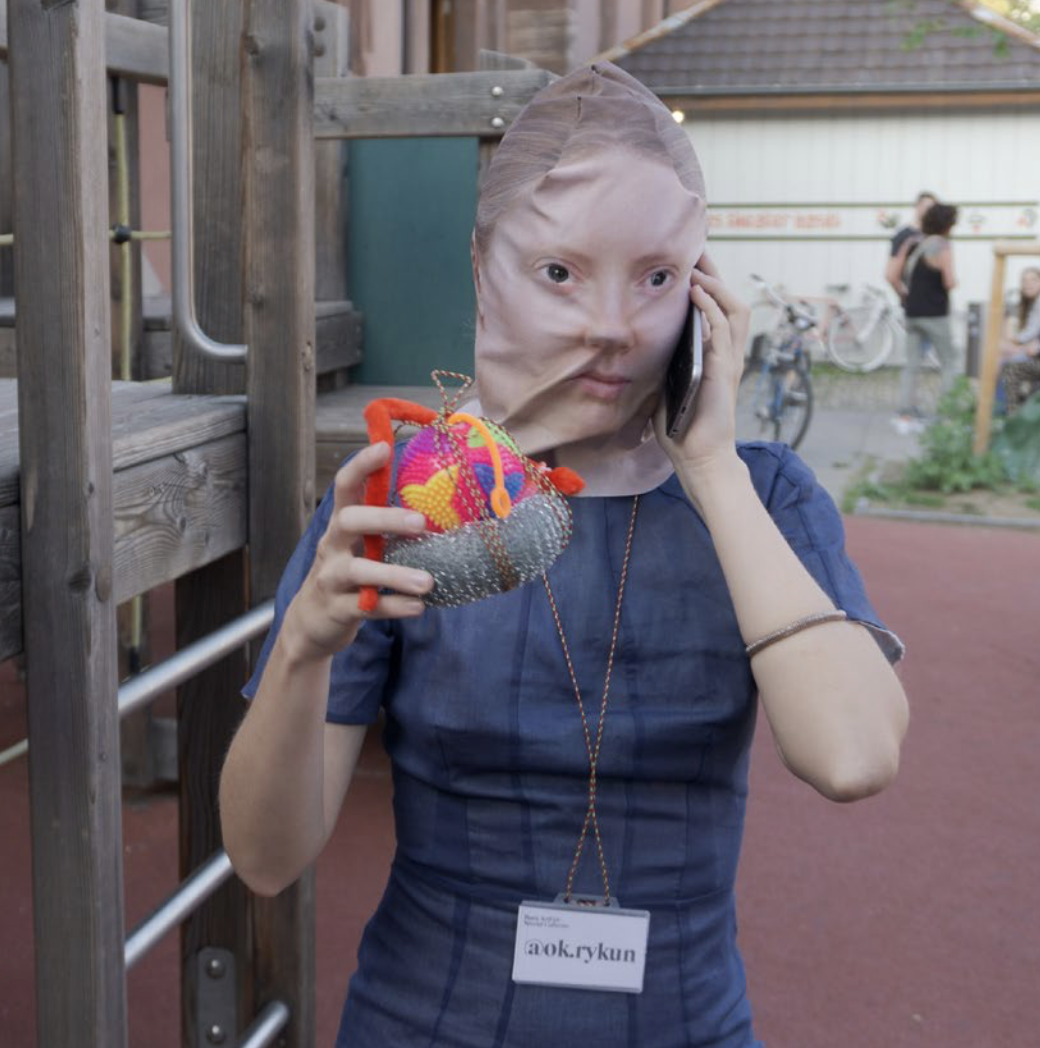
One of the often repeating motifs of your creativity is the word «ok». It’s a game with your initials, isn’t it?
Yes, it is. It’s been my specialty since I was 12 years old. Also inside «o» I drew a smiley face. Now I collect all kinds of «ok», which meet me in different places. I even have an account in Instagram - @all.ok.undarrothe.world, where I throw «ok-pictures»: scary, funny, and surreal. Sometimes my followers send me something.
Can I call that the main theme of your creativity?
No, because there are so many theme and they all somehow intersect. In the first period of my activity I had the theme named «Chaos and Order». Now it’s «Remembering the Old World». Remembering is the keyword of my new period, which is an extension of the previous one.
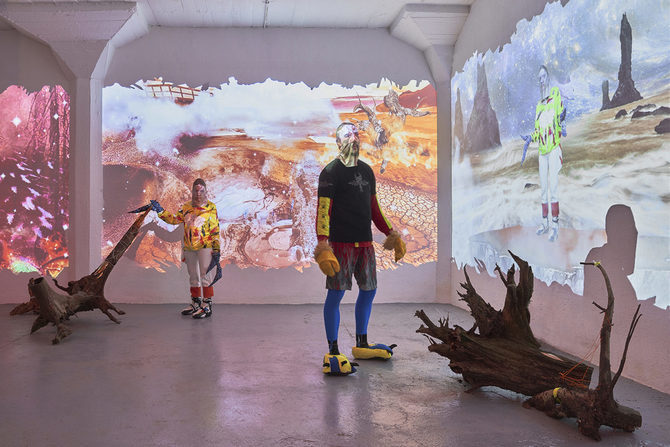
What does the beginning of your new period have to do with anything?
My age. I am 26, and by European standards it is the age when you stop being a child. Europeans grow up later [laughs]. I started to feel new, through the nostalgia of new things. This is what can happen when you listen to a brand-new song and you’re nostalgic, because it feels like it’s from the past. At the same time, it’s very contemporary, new, from the future. That’s what I’m trying to do right now.
Since the beginning of the new period, are there new topics?
Yes, and one of them is very important – my East-West conflict. I didn’t say it out loud in the first period. It was still quite difficult for me to reflect on that.
When you were a child you lived in Odesa. Now you’re live in Prague. Do your parents come to Ukraine often?
My grandparents are still here, in Ukraine, so dad comes a lot. Mom used to come here, but not any more. In Ukraine I hardly know anyone. I just start to discover it for myself, meet people and try to put second roots. Psychologically, these roots are strong and Ukrainian culture is felt in me. But I want to have more social roots.
Where is your art from: Czech Republic or Ukraine?
It’s very difficult to tell where it came from, because it’s very difficult for me to know where I’m from.
What do you say when people ask where you’re from?
I say that I’m from Ukraine. But sometimes I say I’m Ukrainian from Prague. It’s very important to clarify these things. I grew up in Prague, very deep down there, so I can tell you that I’m a Praguer.
How do you want to be represented in Garage 33.Gallery-Shalter: as a Czech artist or as a Ukrainian artist?
I don’t exist for the Ukrainian scene. I can be presented as an outsider or as an artist from Odesa living in Prague.

Because you live in two countries, are your works for the Czech audience not Ukrainian? Are you Europeanizing your art?
I try to reflect in the art as sincerely as possible; otherwise there would be no point in doing it. At the Academy of Art, Architecture and Design in Prague interdisciplinary projects are very popular. I means, for example, combining design with art. At one of the last exhibitions I made a project specially for this unspoken demand. I collected the work of my designer friends and artists and put all these objects in the cages that I made. I also made videos of these objects. The main issue of the exhibition was whether the exhibited works are art or design? It was my rebellious way of beating what Prague needed.
You’re the master of art installation. Have you thought about whether your art could exist outside the gallery space?
My work can be everywhere – in the gallery space, in some kind of a deserted place, it can just be taken in the street and displayed in Instagram. There are many ways to present art outside of gallery systems.
There is harmony in the aesthetic unattractiveness of your work. Is this intentionally?
My work is a ready-made of my intuition, with some corrections. They are very ephemeral. I recently read that almost all contemporary art is a chameleon. Contemporary art is art, and at the same time it denies that it is art, even though it is art.
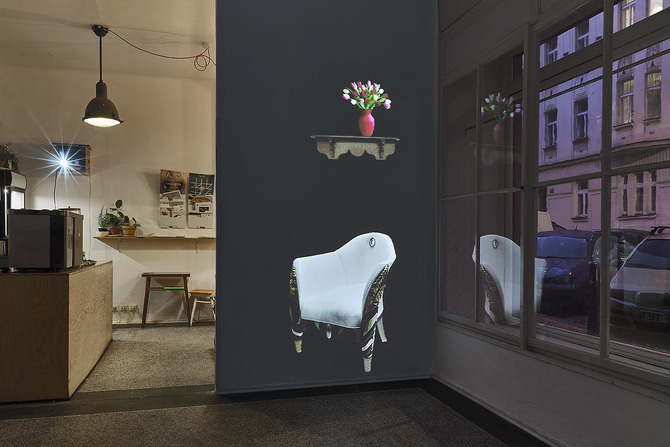
You’re using short-lived materials. Have you thought about using something less fragile and longer? I mean, people probably want to buy something. Have you thought about the commercial issue of your work, or are they completely non-commercial?
Of course I’m interested in what art can be afforded by ordinary people. The driftwood I made exclusively for the gallery installation can stand in any apartment or garden as an installation. Today, for example, I bought a canvas. I want that my work was on the walls of ordinary people’s apartments, not an IKEA poster.
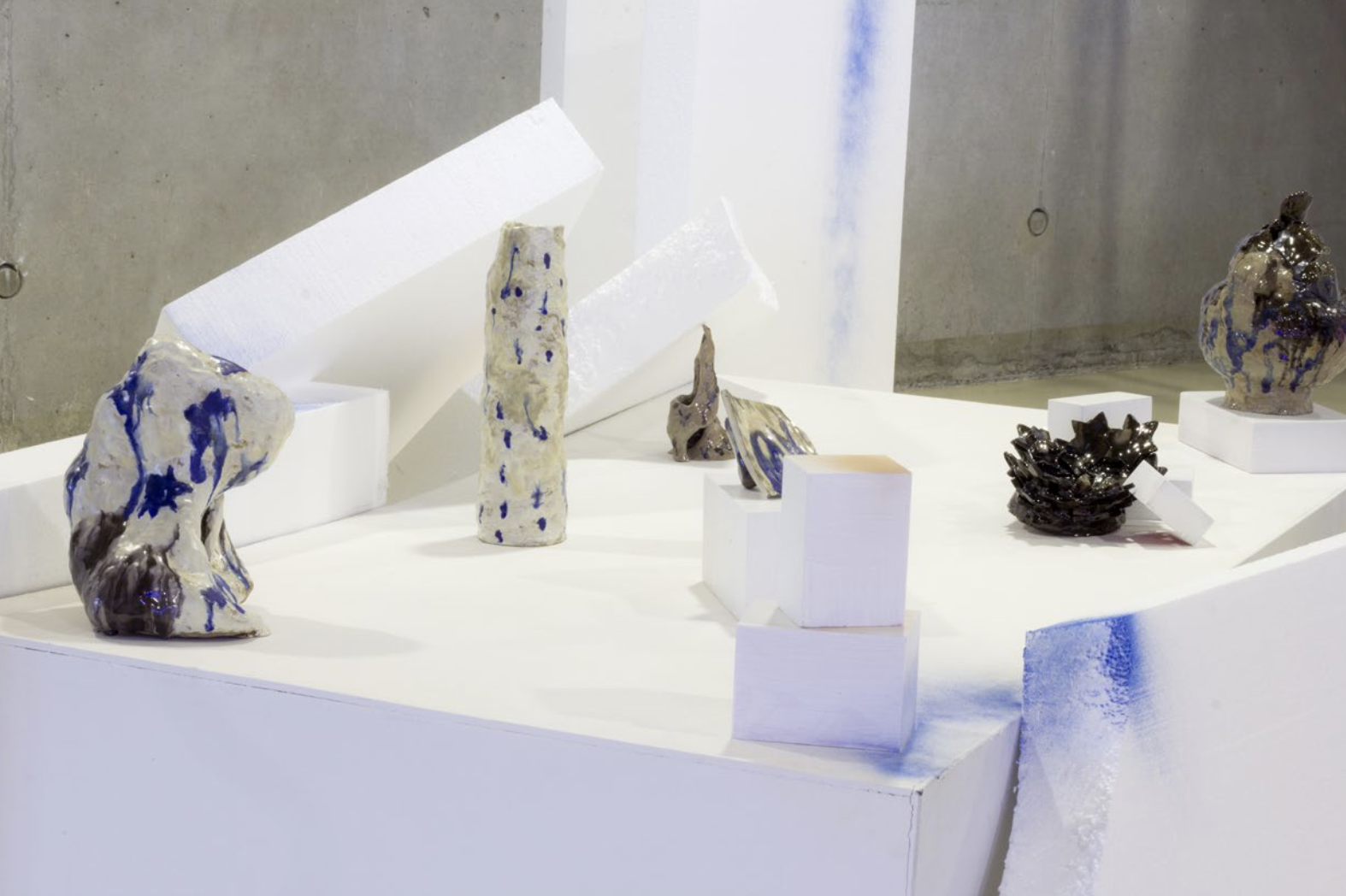
Can you call your work social?
I follow the news. But my work does not thematically, although it somehow affects them anyway. My artworks are completely intuitive. I use a minimum methodology to work with visual elements.
How does the audience feel about you?
I had some very positive experience with the public. The public sees me better than the critics.
And who do you focus your art on, the public or the critics and the artistic elite?
I look to anyone who’s willing to open up to my art.
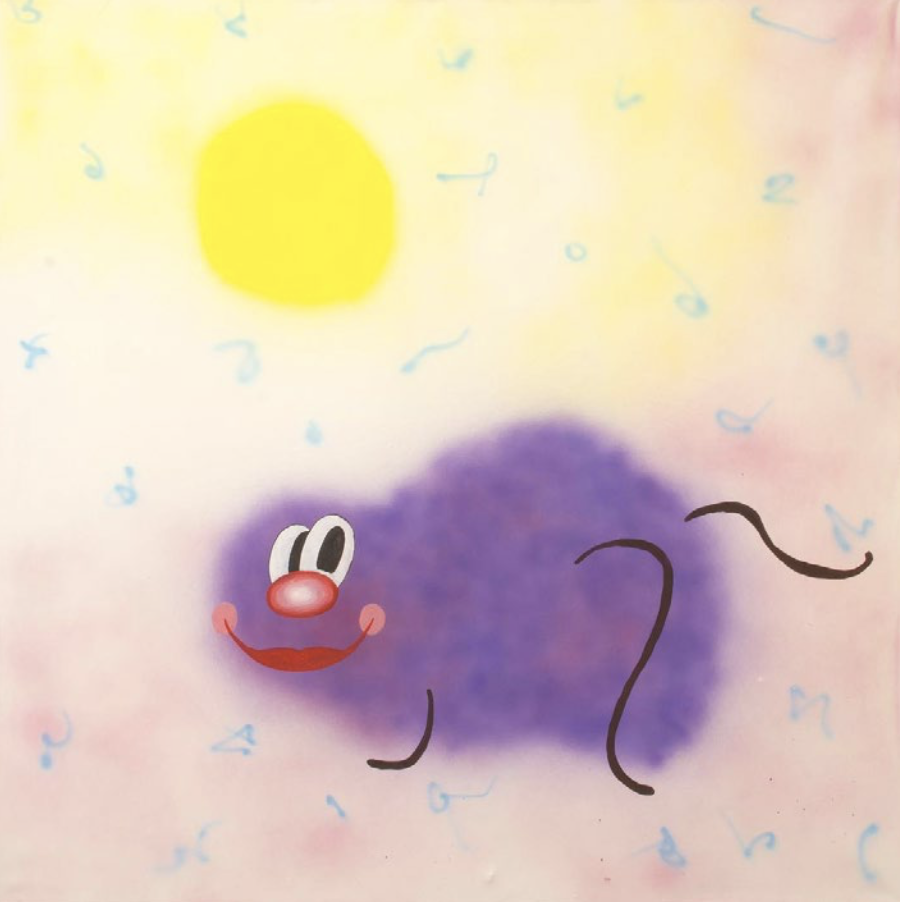
Is it important to you that people understand the art you make?
There can be no complete understanding. My work is largely abstract. Everyone finds their meaning. But it’s very important to me that people get hooked. We all live in the contemporary, globalized world, and we all have the visual measure that we’ve learned. Art is like music, it requires emotion, impulse and feeling.
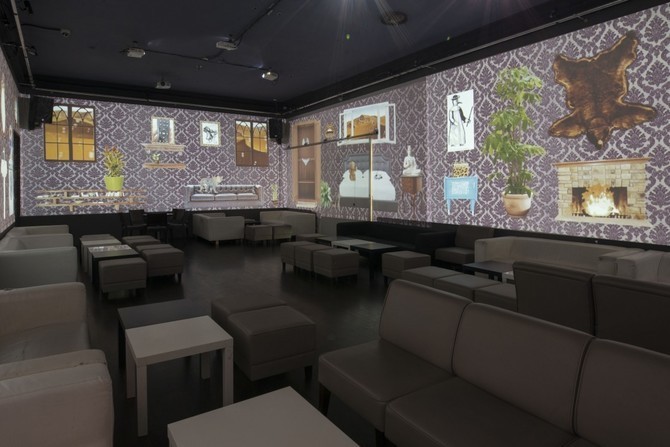
If you translated your visual art into music, what would it be?
Never wondered what style I would choose for myself, because I never pictured myself as a musician. It would probably be a mixture of many styles – it’s trending now.
Your work will be presented in the GARAGE33. What does this gallery mean to you?
I have a conflict in me, and although my conflicts are very different then yours's Masha, but they all fit into the concept of this gallery space. I like the format of GARAGE33, I totally support it.
Do I understand that your future exhibition at the GARAGE33 will be your first Ukrainian exhibition, a symbol of your return to your homeland?
You’re right.
Artist: Olga Krykun
Interviewer: Maria Kulikovska, artist & co-founder of GARAGE33
Editor: Natasha Nagaevska, art historian & art manager GARAGE33
